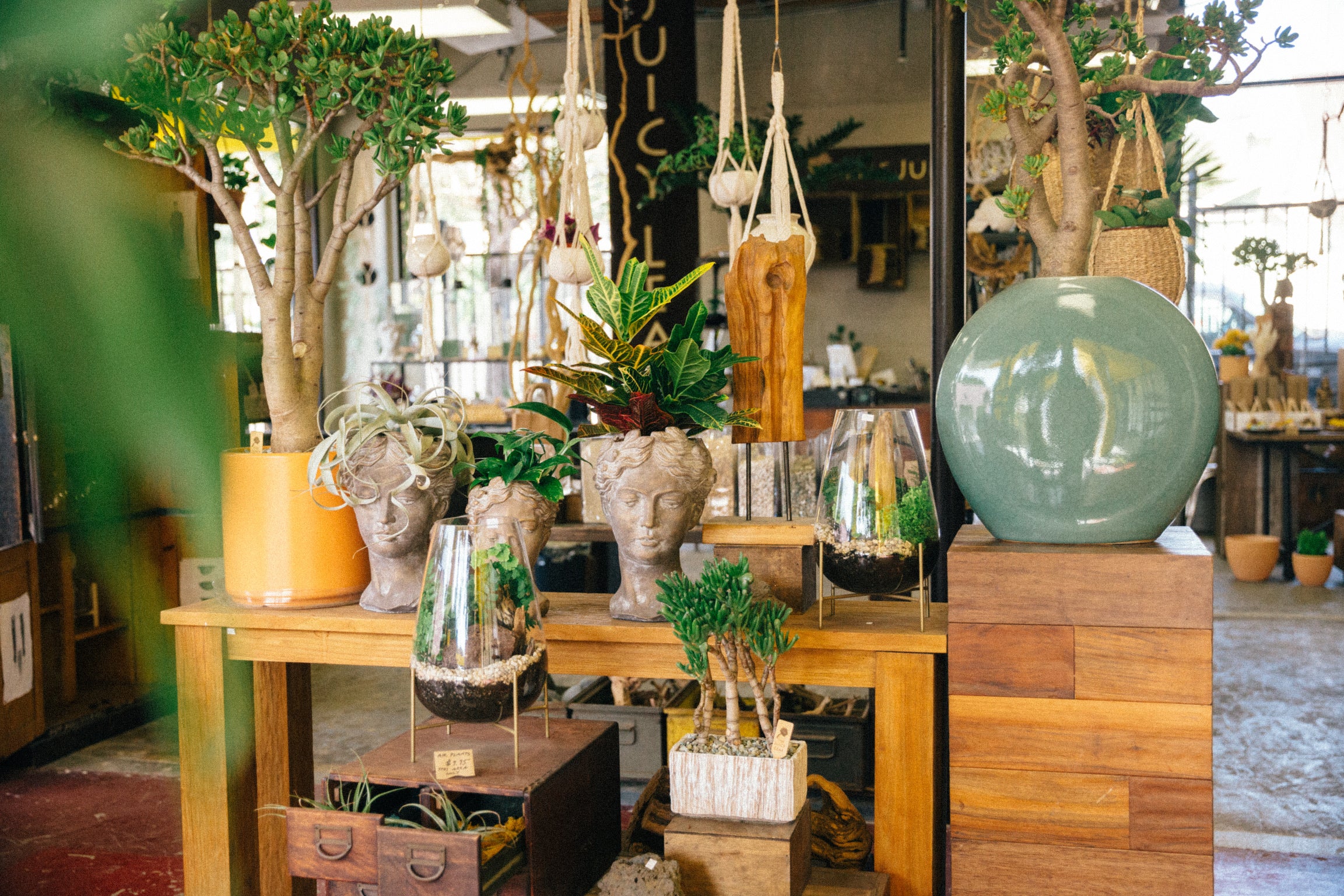Intriguing and captivating, money trees (Pachira Aquatica) have long been associated with good luck and fortune. These unique plants, with their braided trunks and glossy green leaves, are not only a beautiful addition to any indoor space but also a symbol of prosperity. In this comprehensive guide, we will explore the secrets behind money trees and provide you with expert tips on how to grow and care for these lucky plants.
Table of Contents
The Right Environment
As you welcome this green companion into your home, understanding how to care for it ensures a healthy and thriving addition to your living space.
Light Requirements
Money trees thrive in bright, indirect light. While they can tolerate lower light conditions, placing them near a window with filtered sunlight is ideal. Avoid exposing them to direct sunlight, which can scorch their leaves.
Temperature Considerations
Maintain a consistent temperature between 65 to 75 degrees Fahrenheit (18 to 24 degrees Celsius). Money trees are sensitive to drafts, so keep them away from doors, windows, and vents to prevent temperature fluctuations.

Watering with Precision
Finding the Balance
Achieving the right watering balance is crucial. Water your Money Tree when the top inch of soil feels dry to the touch. Ensure proper drainage, as these plants are susceptible to root rot if the soil remains consistently soggy.
Signs of Overwatering and Underwatering
Watch for signs of overwatering, such as yellowing leaves and root rot. Conversely, if the leaves become droopy or start to fall off, it may indicate underwatering. Adjust your watering routine accordingly.
Nutrient Boost And Fertilization
Choosing the Right Fertilizer
During the growing season (spring and summer), feed your Money Tree with a balanced liquid fertilizer every two to four weeks. Dilute the fertilizer to half the recommended strength to prevent over-fertilizing, which can harm the plant.
Winter Rest Period
In fall and winter, when growth slows down, reduce the frequency of fertilizing. Allow the plant a rest period, and resume regular feeding when spring arrives.

Pruning for Health and Aesthetics
Trimming Dead or Yellow Leaves
Regularly inspect your Money Tree for dead or yellowing leaves and prune them with clean, sharp scissors or pruning shears. This not only maintains the plant’s appearance but also encourages new growth.
Shaping the Braided Trunk
If your Money Tree has a braided trunk, gently manipulate and shape it when the plant is young. This encourages the characteristic braided appearance as the tree matures.

Warding Off Pests
Vigilant Inspection
Keep a watchful eye for common indoor plant pests like spider mites and scale insects. Regularly inspect the leaves, especially on the undersides, and treat any infestations promptly.
Natural Pest Control
Consider using natural methods such as neem oil or insecticidal soap to deter pests without harming your Money Tree or the environment.
Rejuvenation through Repotting
Assessing the Root System
Repot your Money Tree every two to three years or when you observe roots circling the pot. Choose a slightly larger pot with drainage holes to accommodate the growing root system.
Refreshing the Soil
Use a well-draining, lightweight potting mix to refresh the soil. Gently tease out any circling roots before placing the plant in its new home.

Conclusion
Cultivating Prosperity
Taking care of a Money Tree involves more than routine tasks; it’s a way of cultivating prosperity and well-being in your home. By providing the right environment, proper watering, and regular maintenance, your Money Tree will not only thrive but also bring a touch of natural abundance to your living space.


